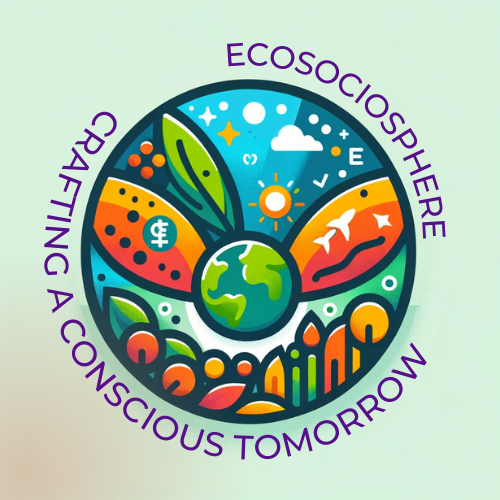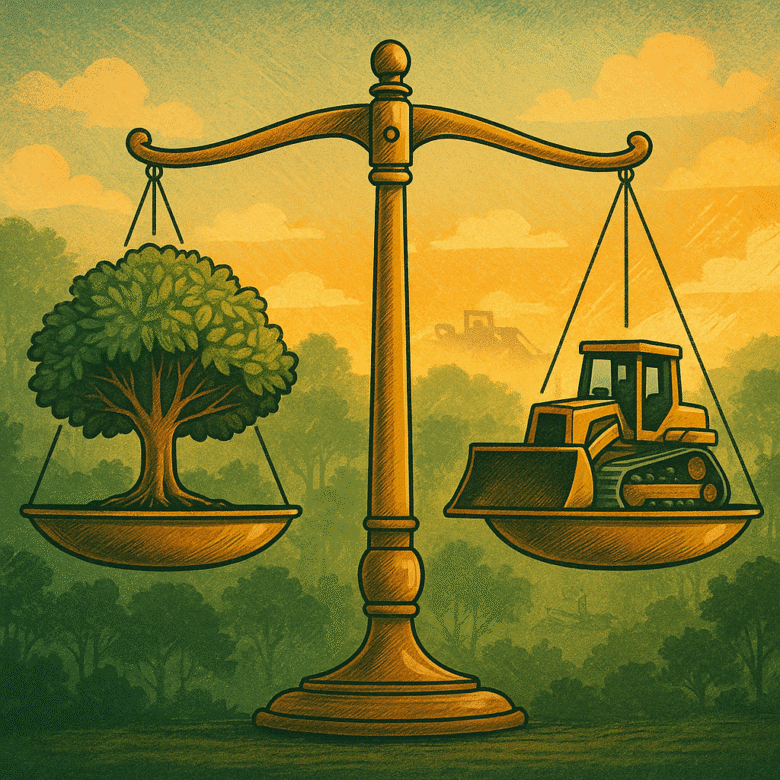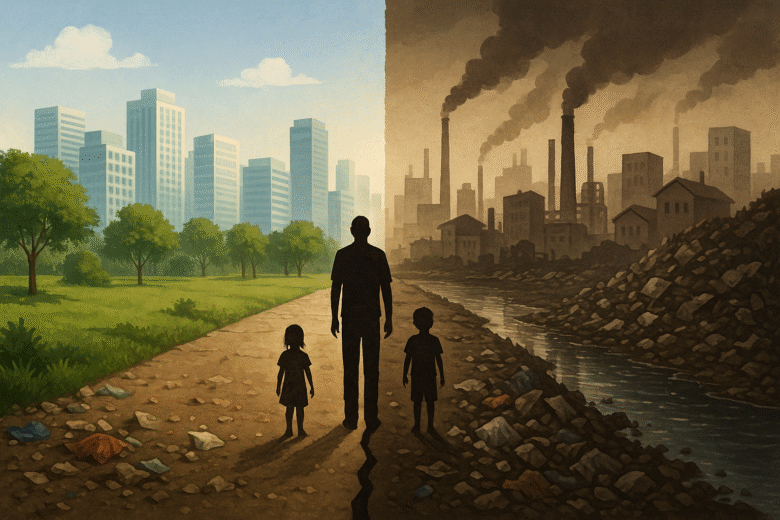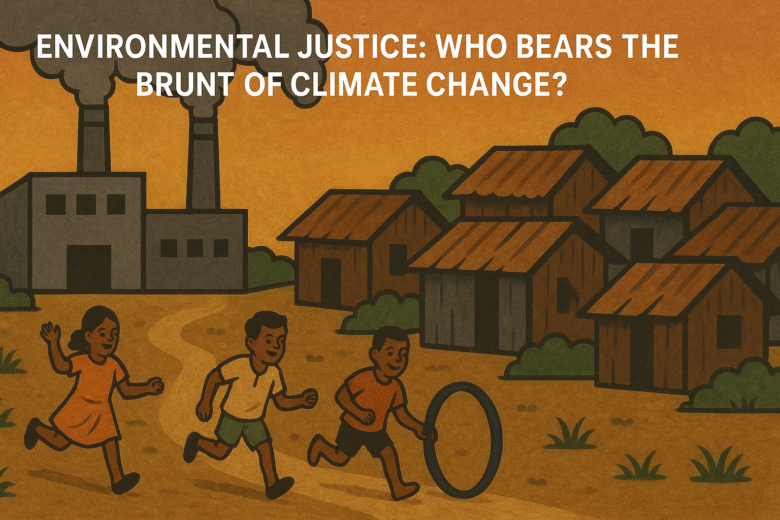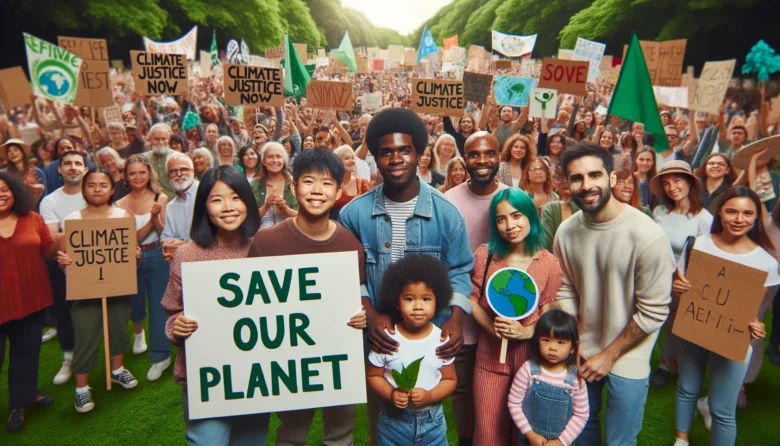Fun fact: Indigenous and forest-dwelling communities steward lands that hold up to eighty percent of the world’s remaining biodiversity. That stark number underlines why Forest Guardians vs. Bulldozers is not a metaphor but a real struggle of land, rights, and identity. When bulldozers roar through a forest, the very people who have defended those ecosystems …
Fun fact: In many cities, adults in poorer neighbourhoods breathe twice the particulate pollution of people in richer areas. In “Ecological Apartheid”, I explore a haunting pattern: poor and marginalized communities forced to live beside dumps, factories, and polluted rivers, while the wealthy retreat to clean, green enclaves. This is not an accident—it is structural. …
Fun fact: the world’s 74 lowest-income countries account for only about 10% of greenhouse gas emissions, yet they are among those hit hardest by climate disasters. Environmental Justice: Who Bears the Brunt of Climate Change? seeks to dig into why the poorest and most vulnerable often suffer first and worst—and what that says about fairness, …
Part VI: “Navigating Climate Ethics: Our Shared Responsibility” Welcome to the sixth part of our blog series, a critical exploration of the ethical dimensions in addressing climate change. This part of our series delves into the moral considerations that underpin our responses to global warming, highlighting the importance of fairness, responsibility, and proactive action in …
Part III: “The Fight for Fairness: Unpacking Environmental Justice” Welcome to the third installment of our enlightening series on “Ethics in Environmental Activism.” This blog delves into the concept of Environmental Justice (EJ), a pivotal aspect of the environmental movement that seeks to ensure equitable access to clean, healthy, and sustainable environments for all communities, …
